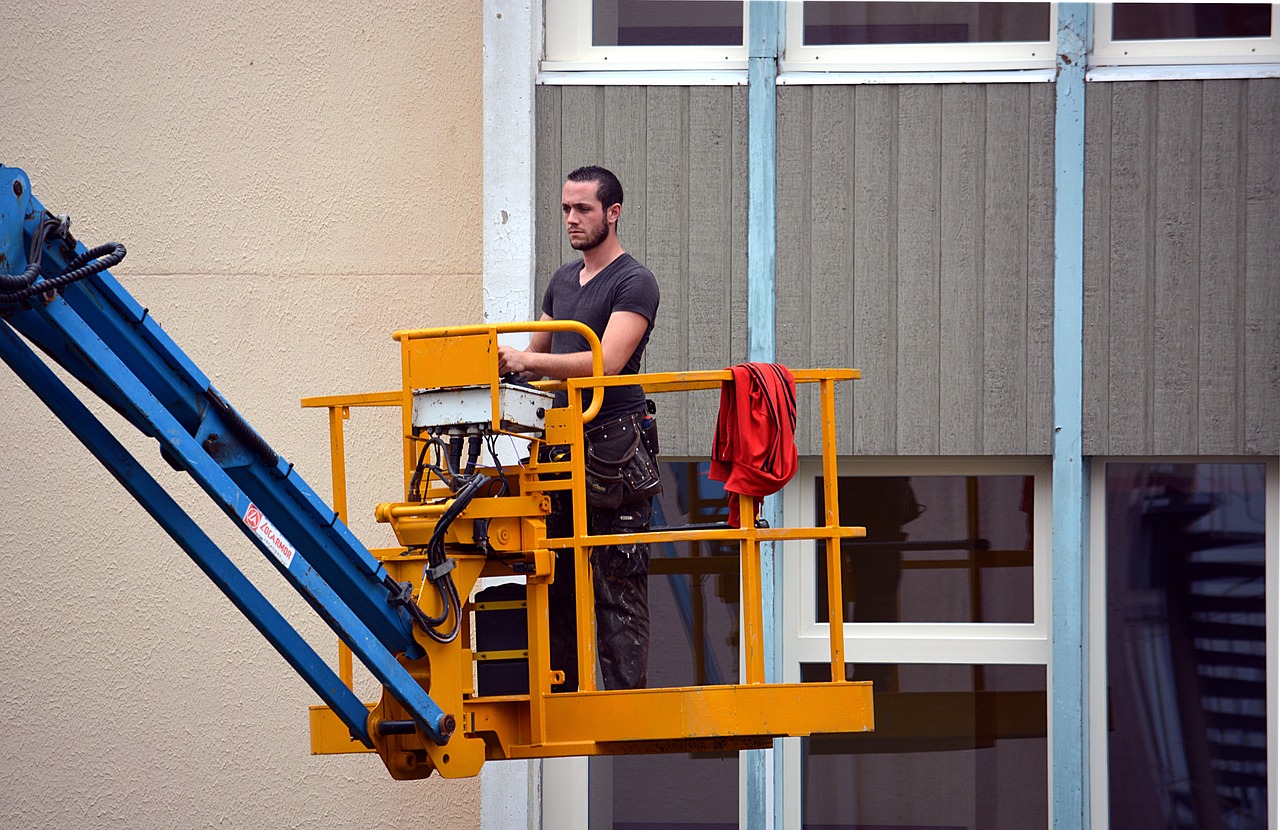Table of Contents
Replacing windows can significantly enhance your home&8217;s energy efficiency, aesthetic appeal, and market value. This guide provides essential insights to initiate your window replacement project smoothly.
1. Assessing the Need for Window Replacement
Before diving into window replacement, evaluate whether it&8217;s necessary. Check for signs like drafts, condensation between glass panes, and difficulty opening or closing windows. Aging windows often show visible damage such as rotting frames or broken glass. If energy bills have increased noticeably, your windows might be the culprits, failing to insulate properly.
2. Choosing the Right Window Type
Selecting the correct window type for your home is critical. Various styles and materials are available, each with unique benefits. For instance, double-hung windows offer versatility and ventilation options, while casement windows provide a modern touch and enhance energy efficiency. If you prefer a picturesque outdoor view, consider bay or bow windows. Materials also matter: vinyl windows are affordable and low-maintenance, wood windows offer a classic look but require more upkeep, and fiberglass windows combine durability with a sleek appearance. Energy-efficient options, like double or triple glazing, can significantly reduce heating and cooling costs. Evaluate each option based on your home&8217;s style, climate, and energy needs to make an informed decision.
3. Understanding Window Ratings and Energy Efficiency
When selecting replacement windows, energy efficiency should be a top priority. Look for windows with Energy Star certification, which signifies they meet specific energy performance standards. Understanding the U-factor and Solar Heat Gain Coefficient (SHGC) will help you choose energy-efficient windows. The U-factor measures the window&8217;s insulating ability; a lower value means better insulation. SHGC indicates how well a window blocks heat from sunlight; lower SHGC values are ideal for warmer climates, while higher values are better for colder regions. Also, consider materials like Low-E (low-emissivity) glass, which can reduce energy loss. Investing in energy-efficient windows initially might be higher, but the long-term savings on utility bills and increased comfort make it worthwhile.
4. Budgeting for Window Replacement
Window replacement can be a substantial investment, so budgeting thoughtfully is essential. Costs vary based on factors like the number of windows, type, material, and installation complexity. Standard window replacement can range from a few hundred to several thousand dollars per window. To avoid surprises, obtain multiple quotes from reputable contractors, ensuring they include all costs such as materials, labor, permits, and any additional work like repairing surrounding structures. Factor in potential savings on energy bills and increased property value. Sometimes, financing options and rebates are available for energy-efficient windows, helping ease the financial burden. A clear budget will guide your choices and help prevent overspending.
5. Hiring a Professional vs. DIY
Deciding between hiring a professional or tackling the window replacement yourself depends on your skills and the project&8217;s complexity. Professional installation ensures expert handling, proper sealing, and adherence to building codes, minimizing the risk of future problems. It’s ideal for large-scale projects or homes with unique window designs. However, if you’re confident in your DIY skills, you can save on labor costs by doing it yourself, especially for simpler, standard-sized windows. Be mindful of your local building codes and necessary permits. Incorrect installation can void warranties and lead to inefficiencies, costing more in the long run. Carefully weigh the pros and cons before making your decision.
6. Preparing Your Home for Installation
Preparation is key to a smooth window replacement process. Start by scheduling the installation during a season with mild weather to avoid delays. Clear the installation area by removing curtains, blinds, and furniture to provide easy access for workers. Protect flooring and nearby objects from dust and debris by covering them with drop cloths or plastic sheets. Considering safety, inform household members and neighbors about the installation schedule. Secure pets in a safe area to prevent accidents. Ensure the contractor has a clear path for transporting materials in and out of your home. Proper preparation not only facilitates a smooth workflow but also minimizes disruption.
7. The Installation Process: What to Expect
Understanding the installation process will help you manage expectations and reduce stress. The process typically begins with removing the old windows, which can involve some demolition, especially if there&8217;s water damage or rot around the frames. Next, the rough opening is cleaned and prepped, ensuring it’s level and free of debris. The new windows are then placed, shimmed for fit, and secured. Proper sealing with caulk or foam is crucial to prevent air and water infiltration. The installer will finish by adding trim and cleanup. Professional installations generally take a few hours per window, but complexities can extend this timeframe. Clear communication with the installers will help address any issues promptly.
8. Post-Installation Maintenance and Care
After installation, maintaining your new windows will prolong their life and functionality. Regularly clean the glass, frames, and hardware with appropriate cleaners to prevent buildup and stains. Inspect the caulking and weather stripping periodically for signs of wear and tear and replace them as needed to maintain a proper seal. Lubricate moving parts such as hinges and locks annually to ensure smooth operation. Be cautious with window treatments that could trap moisture and lead to mold or mildew. Also, familiarize yourself with the warranty terms, ensuring you follow any specific maintenance guidelines required to keep the warranty valid. Proper care will keep your windows looking great and performing efficiently for years.


